Campaigns

This website was created to support Team Darfur, an international coalition of athletes using their platforms to raise awareness about the humanitarian crisis in Darfur, Sudan. The goal was to educate the public, mobilize action, and unify voices around ending the violence and suffering in the region. By leveraging athlete influence and clear, actionable pathways—such as donating, signing the charter, and spreading the message—the site aimed to transform awareness into meaningful global advocacy.
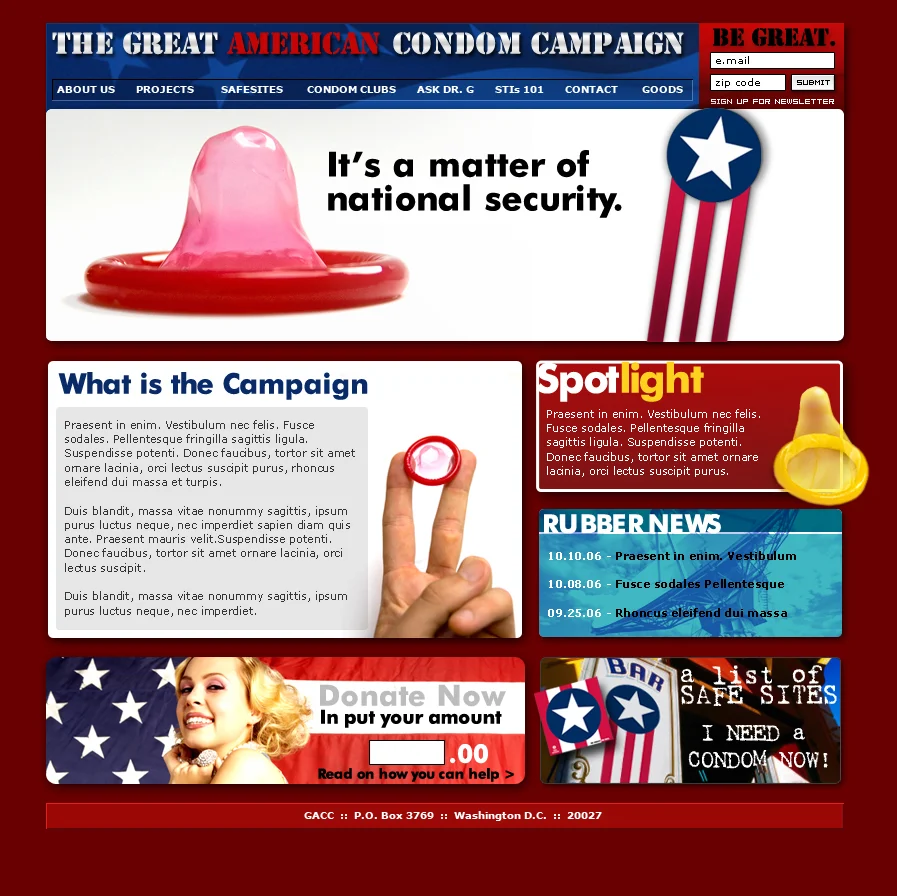
The Great American Condom Campaign was a bold public health initiative designed to rebrand safe sex as patriotic, smart, and socially responsible. The website served as the campaign’s central hub, combining eye-catching design with accessible information on STIs, condom use, and safe sex resources. With a playful yet urgent tone—anchored by the slogan “It’s a matter of national security”—the site offered news, education, safe site directories, and interactive tools to engage users.
The campaign itself aimed to break taboos around condom use by blending humor, Americana aesthetics, and youth culture to drive attention and normalize conversation. It partnered with schools, bars, and community orgs to distribute materials and host events.
Complementing this was a strong social media campaign, which extended the brand’s bold visual identity to platforms like Facebook and MySpace (at the time), using viral messaging, contests, and influencer engagement to mobilize peer-to-peer advocacy and drive traffic back to the site.

The targetGlobalWarming.org website was created as the digital command center for a nationwide campaign demanding stronger climate action from corporate polluters and policymakers. Designed with a bold, high-impact visual style—reminiscent of protest art and call-to-action posters—the site empowered users to get informed, get involved, and take a stand.
The website wasn’t just informative; it was action-driven. Users could sign petitions, organize or find local events, and directly hold corporations accountable. The site also supported a social media campaign, where shareable graphics, climate facts, and calls to action circulated widely, helping activists amplify the message in their own networks.
In tandem, a direct mail campaign delivered powerful imagery and clear messaging straight to homes, targeting key regions and demographics. This multi-platform strategy—web, social, and print—helped build momentum, spark community organizing, and sustain public pressure in the fight against global warming.

The website for the Robert F. Kennedy Center for Justice & Human Rights was created to honor and continue the legacy of Senator Robert F. Kennedy by advocating for human rights and social justice around the world. Established in 1968 after Kennedy’s assassination, the organization served as a “living memorial” dedicated to his lifelong commitment to justice, equality, and peace.
The site functioned as a central hub for information about the organization’s mission, programs, and laureates. It highlighted the work of human rights defenders from around the globe, such as Darci Frigo in Brazil, who promoted the rights of the landless and sustainable agriculture while combating modern-day slavery. The website also provided resources for involvement, updates on human rights issues, and opportunities to support the cause. At its core, the site reflected Robert F. Kennedy’s vision of exposing injustice, promoting equality, and inspiring action for lasting change
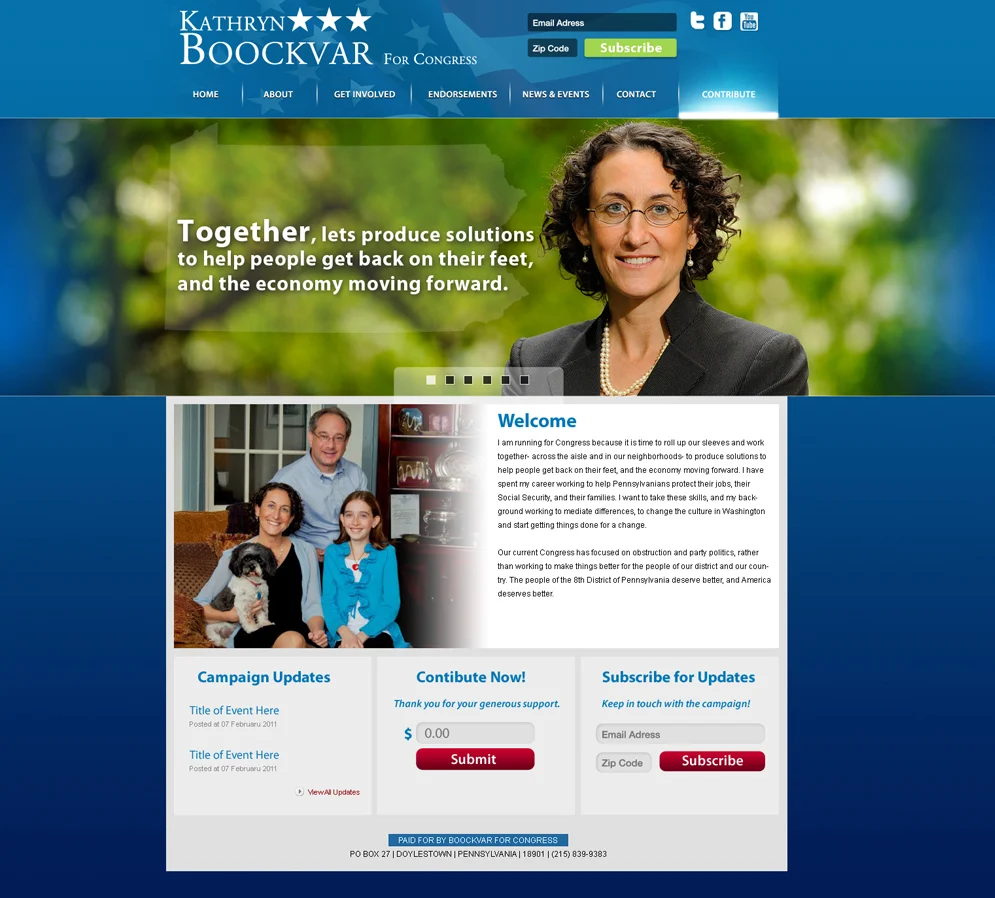
This website was created to support Kathryn Boockvar’s campaign for Congress. Its purpose was to inform voters about her background, policy positions, and campaign priorities, as well as to encourage community involvement and support. The site provided details about her goals to help people get back on their feet and move the economy forward, offered updates on campaign events, and allowed visitors to contribute financially or subscribe for campaign updates. It served as a central platform for communicating with constituents and mobilizing support during her congressional run

This website was created by the Bill of Rights Institute to provide “On Demand Constitutional Seminars.” Its primary purpose was to offer educational resources and seminars focused on the U.S. Constitution, likely aimed at teachers, students, and individuals interested in American history and civics. The site featured sections for seminar content, current news, and a seminar calendar, making it a hub for accessing information about upcoming events and learning opportunities related to constitutional principles. The overall design and content suggest the website served as an interactive platform to promote civic education and engagement with foundational American documents and ideas.
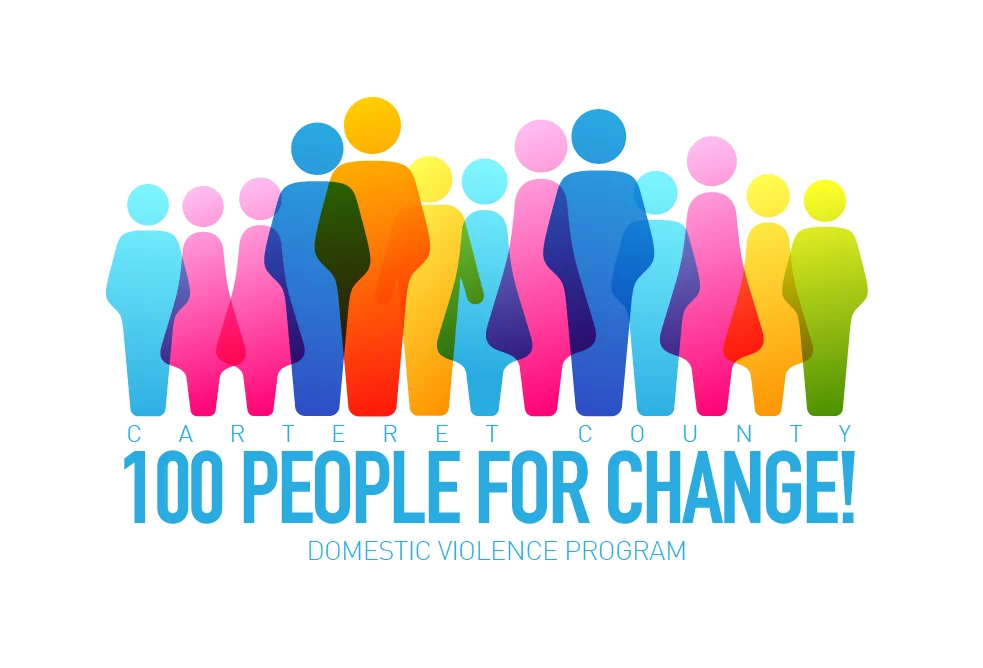
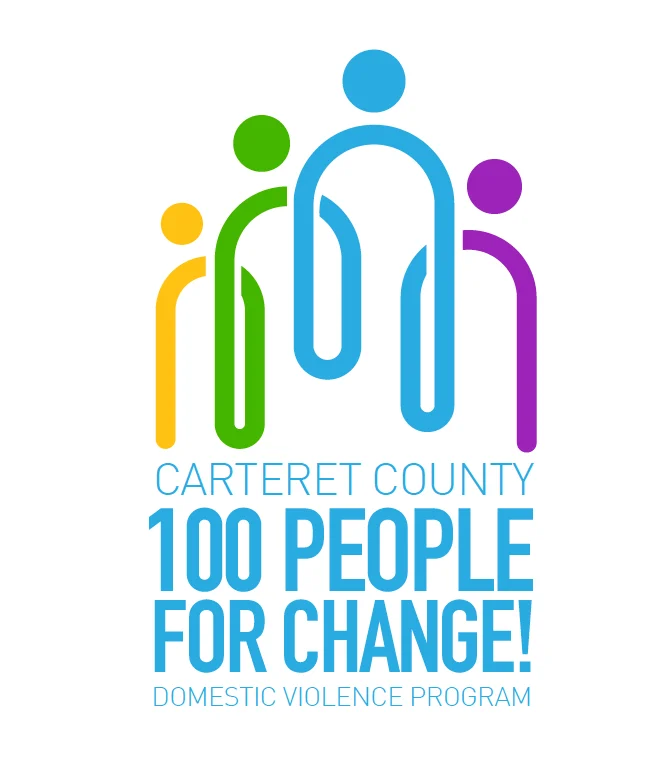

The “100 People for Change!” campaign by Carteret County’s Domestic Violence Program is a powerful initiative aimed at raising awareness, building community support, and taking collective action to end domestic violence. Rooted in the belief that meaningful change begins with individuals coming together, the campaign calls on at least 100 people in the community to stand as advocates for safety, respect, and healing. Through education, outreach, and visible unity, the campaign fosters a culture of accountability and compassion. It seeks to empower survivors, engage allies, and inspire long-term solutions by promoting active involvement from people of all backgrounds. By uniting community members under a shared mission, “100 People for Change!” serves as a bold and hopeful statement that together, real and lasting change is possible. I designed the logo for the campaign to visually represent this spirit of unity, strength, and community action.
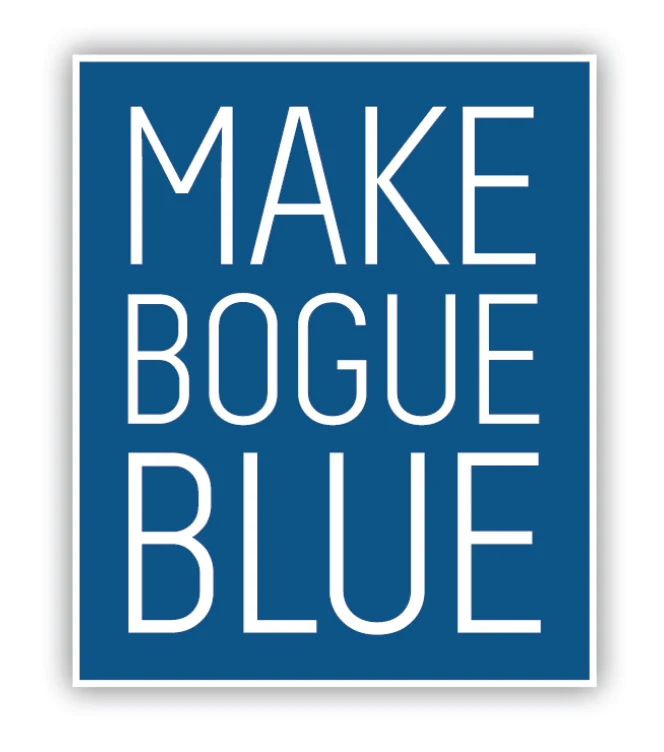
I launched a grassroots campaign to turn my county blue, centered around the simple yet powerful slogan “Blue Begins Here.” With a clean, bold logo, I used this message across email outreach and Facebook to rally support, drive engagement, and build a sense of local momentum.